The U.S.S. Akron, designed for the Navy by the Goodyear-Zeppelin Corporation of Akron, was the world’s first purpose-built flying aircraft carrier, carrying F9C Sparrowhawk fighter planes which could be launched and recovered while it was in flight. It made its maiden flight on September 23, 1931. The design of the Akron supposedly had resolved previous safety problems involving rigid airships, but, on April 4, 1933, the Akron crashed just off the coast of New Jersey under stormy conditions. Of the ship’s company of 77 officers and men, 74 servicemen, including Rear Admiral William A. Moffett, lost their lives. Photos: The U.S. National Archives/Flickr
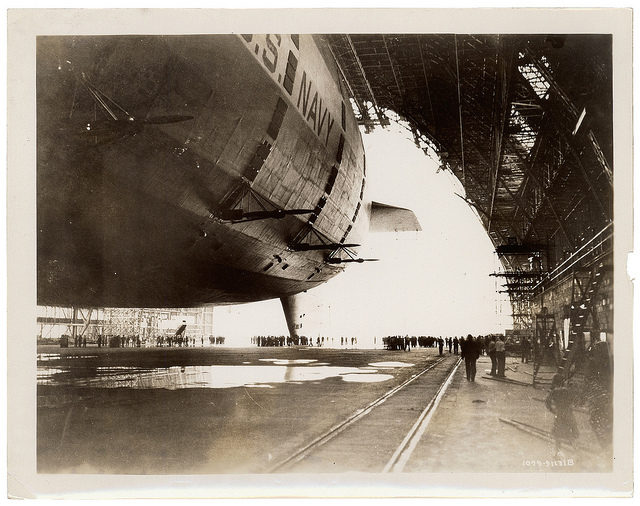
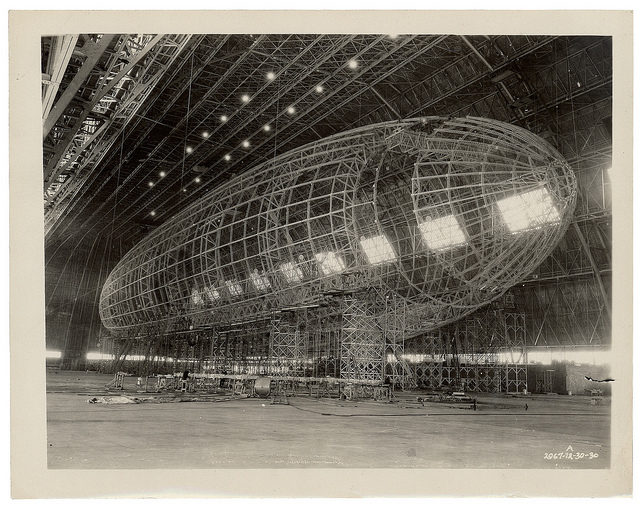
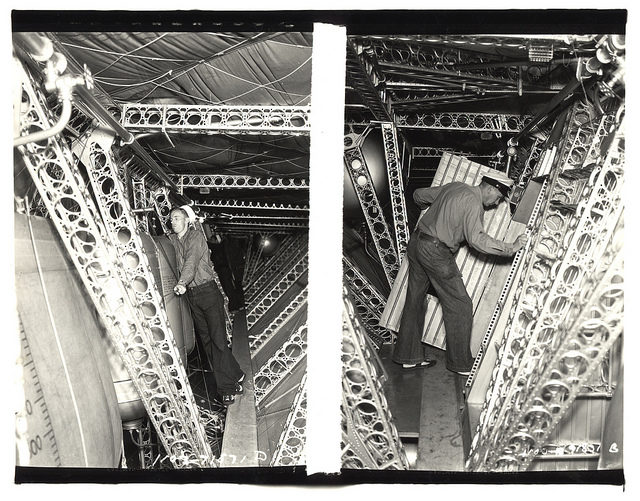
The loss of the USS Akron prompted Congress to create the Joint Committee to Investigate Dirigible Disasters. It was created by H. Con. Res. 15, 73d Cong. to investigate the cause of the Akron disaster and the wrecks of other Army and Navy dirigibles and to determine responsibility. The committee was also directed to inquire generally into the question of the utility of dirigibles in military and naval establishments and make recommendations to the Senate and House of Representatives regarding their future use.
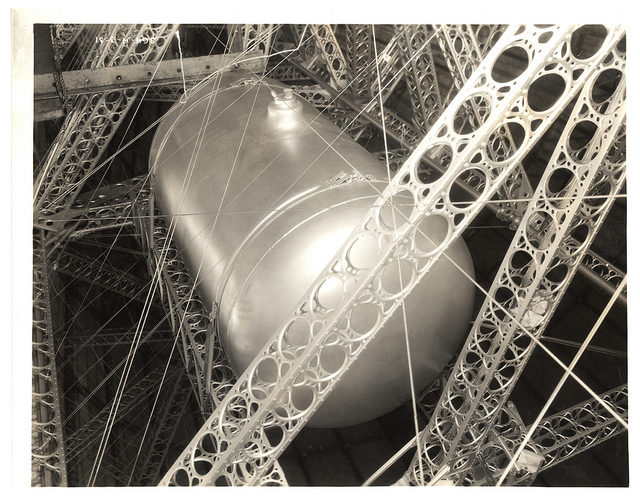
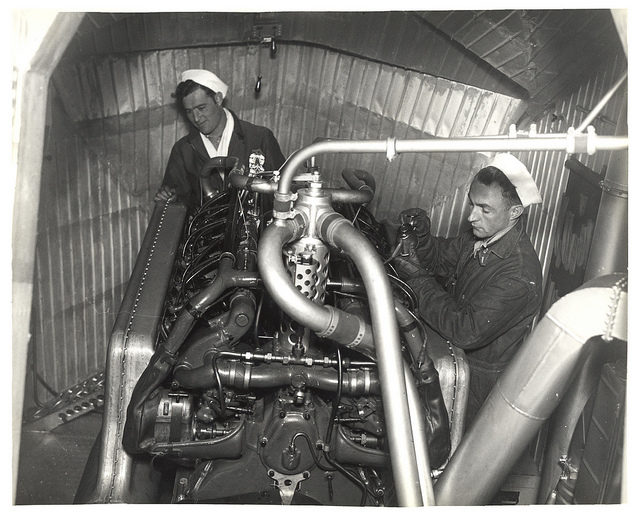
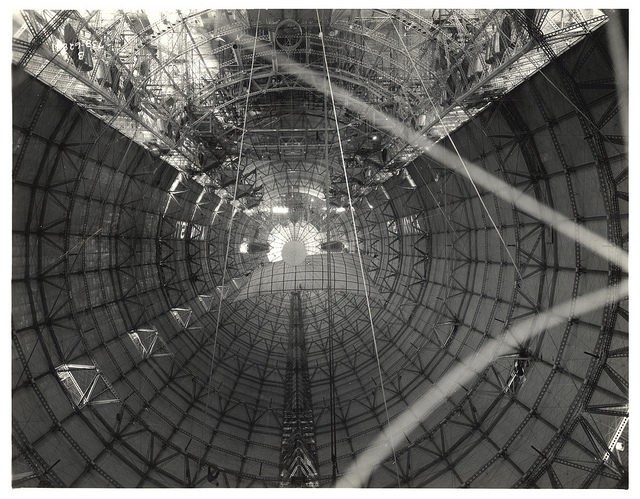
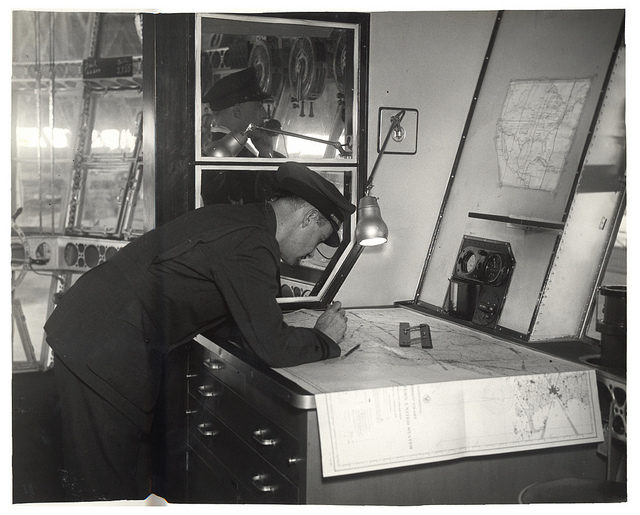
Its final report was submitted on June 14, 1933 (S. Doc. 75, 73d Cong., 1st sess., Serial 9748). Col. Henry Breckenridge, former Assistant Secretary of War, served as counsel for the joint committee. Senator William H. King of Utah served as chairman, though Representative John J. Delaney of New York was chairman of the subcommittee that gathered the data and facts and arranged a program as to the method of investigation.
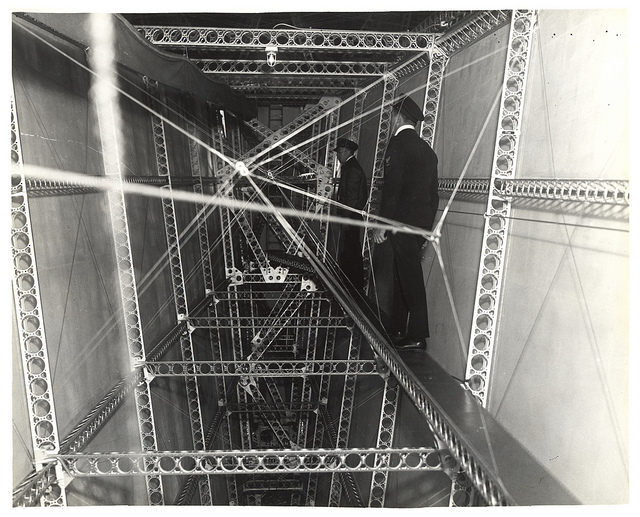
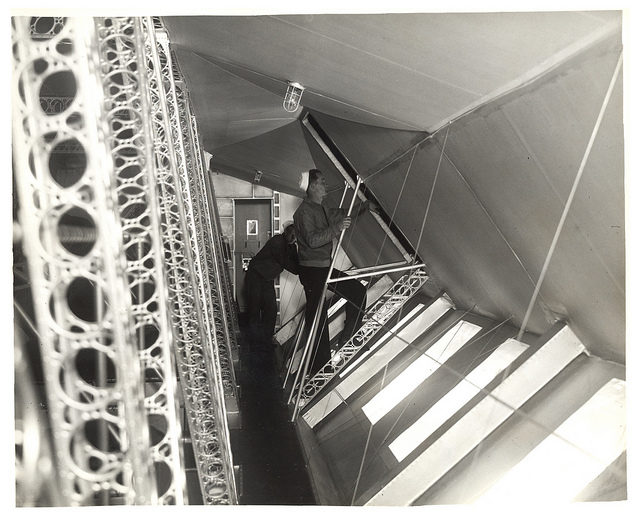
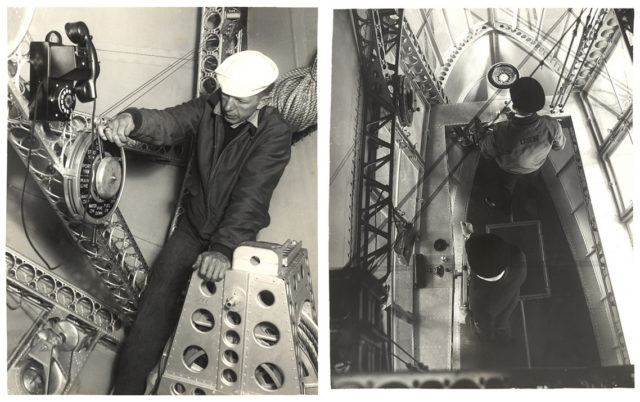
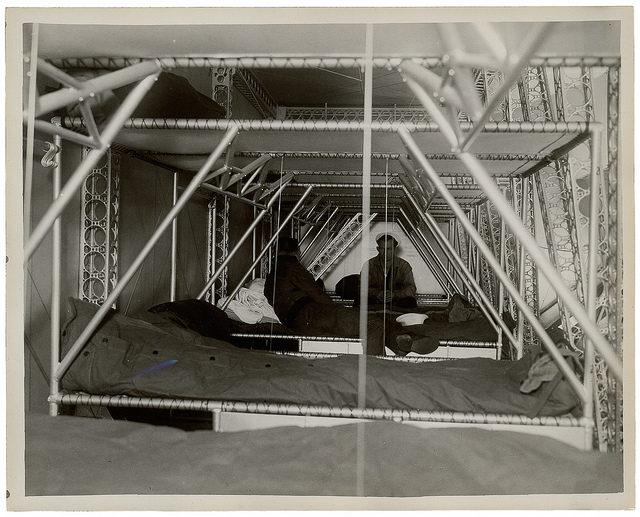
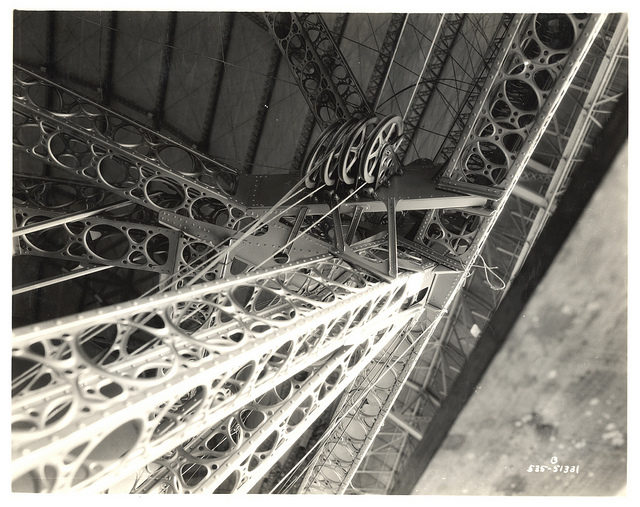
The records include minutes of committee meetings, correspondence, memorandums, notes, working papers, staff reports, statements and narratives, digests of testimony, and questions for witnesses. There are also many documents used by the committee in its investigation, such as maps, photographs, pamphlets, newspaper clippings and articles, and a bound volume of the near-print “Key to the Development of the Super-Airship Luftfahrzeugbau Schuette-Lanz” collated and edited by Frederick S. Hardesty in 1930. Copies of various congressional publications regarding the committee’s work and copies of the findings of facts and opinions of the Navy’s U.S.S. Akron Court of Inquiry are included.
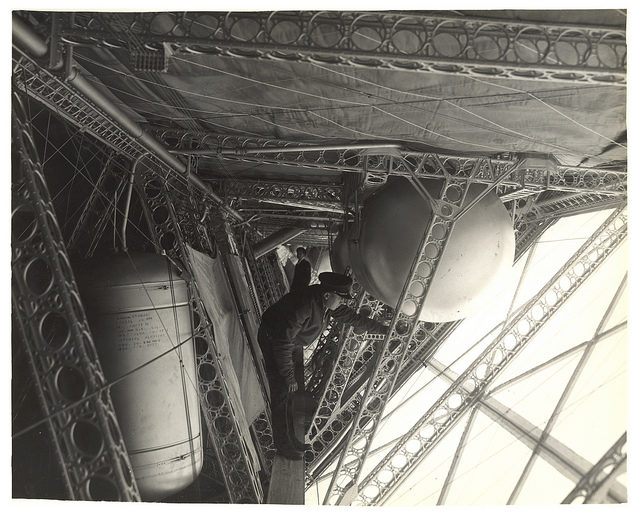
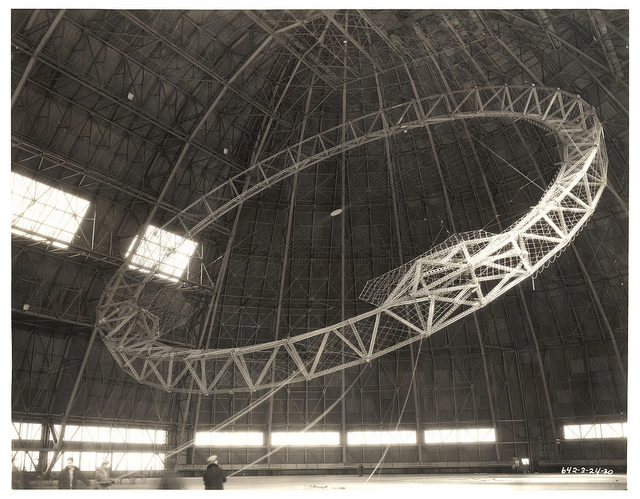
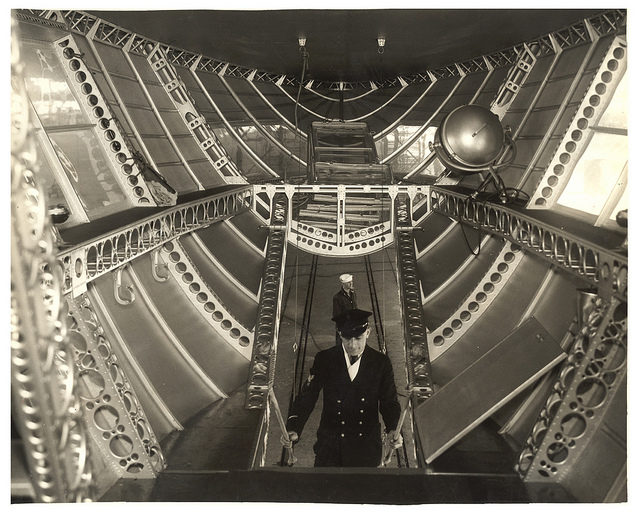
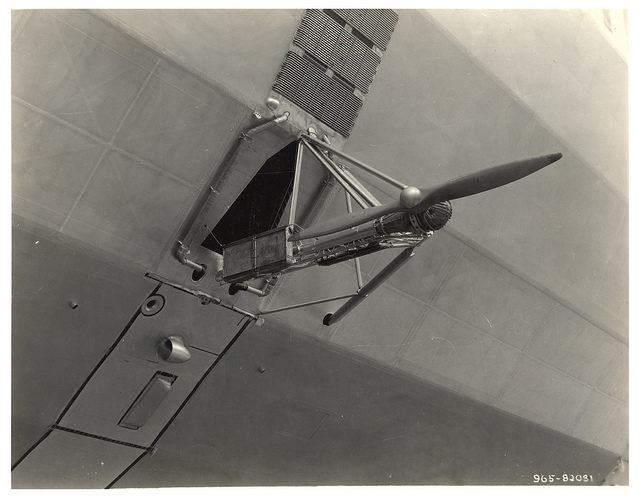
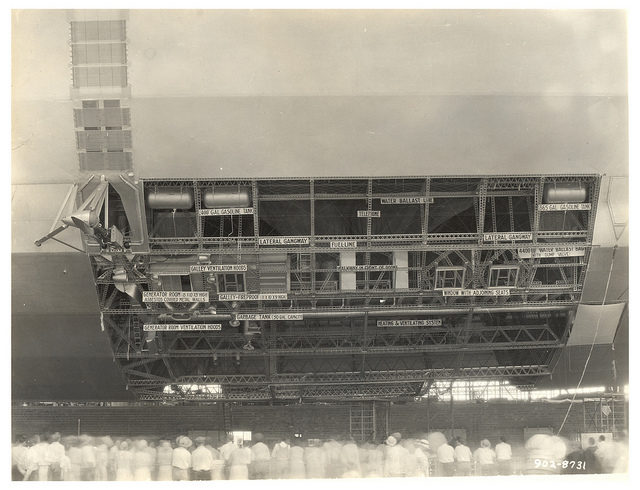
Among the subjects covered by the records are the wreck of the Akron, the history and development of lighter-than-air craft in Germany and elsewhere, airship patents, the merits of various types of rigid airships, the committee’s methods of investigation, and administrative matters.
These photographs were submitted to the Joint Committee during its investigation.
